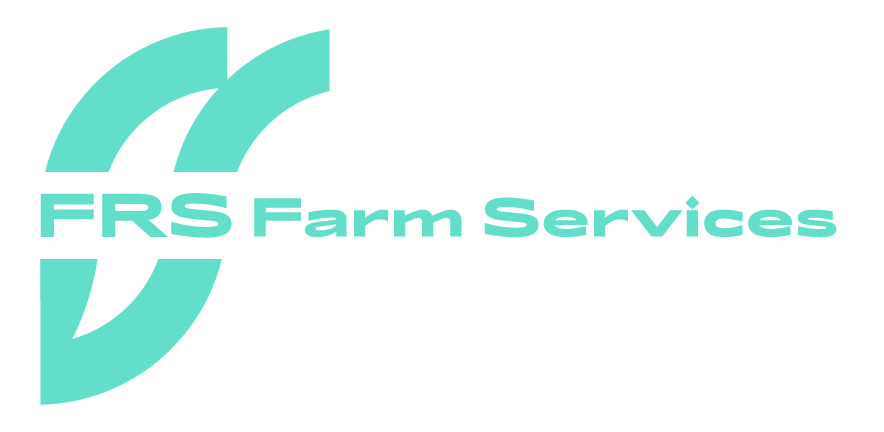For dairy and beef farmers who calve in late Spring, now is the time to plan castration for their young herd. Bulls are mainly castrated to prevent reproduction, simplify management, and in some cases, cattle are castrated to improve marbling and tenderness of the finished beef.
When To Castrate
Depending on farmers’ opinion, timing for castration can vary. In Ireland, cattle can be castrated by persons other than a vet before they are eight days of age using a rubber ring or before six months of age using a Burdizzo. If an animal goes over six-months, by law, a local anaesthetic must be administered by a vet. Farmers have a third option which is to employ a vet to surgically remove the testes, however, this is not a common practice.
Research from Teasgac states that calves castrated at birth reach weaning at the same live weight as calves castrated at weaning. This is because the productivity differences due to testosterone are not seen until after puberty. With this information in mind, it is down to the farmers’ preference.
Spring-born bull weanlings are now gaining more strength and age. Therefore, if farmers plan to use a Burdizzo to castrate, they should do it sooner rather than later to be within the age bracket.
Using a Burdizzo
A Burdizzo is used to crush the spermatic cord and the surrounding vessels which leads to loss of blood supply to the testes. Farmers need to be well versed in the technique before carrying out this task. If farmers are unsure, they should seek help from a professional. The castration will fail if it is not done correctly.
Before carrying out farm tasks, farmers must prepare equipment and facilities in advance. Ensure the Burdizzo is in good condition and cleaned before use. The jaws must be parallel and close uniformly across their width so pressure will be even across the jaws. It is recommended to leave the Burdizzo slightly open when not in use.
Prepare in Advance
Prepare the yard, holding pen and crush. Make sure all gates are secure and working properly as animals will need to be restrained. Farmers will need a space where animals can’t kick or turn around.
Castration will bring an element of pain to the animal. Minimising castration-induced pain is important for animal welfare and growth performance. Aim to combat any additional stress on the animal. Try to keep the yard as calm as possible with no shouting, loud noises etc. It is also important to note that animals are unpredictable so farmers should be watchful of their behaviour and never carry out handling tasks alone.
Aftercare
It is recommended that farmers keep an eye on the selected group and check them again 4 weeks post castration. As there is no open wound the risk of infection is minimised but it is common for the area to be slightly swelled. Farmers should also watch to ensure that the testes are not growing.
Farm Relief Services offers reliable farm aid to help with daily farm tasks. To find out more about services FRS provide visit www.frsfarmrelief.ie.
